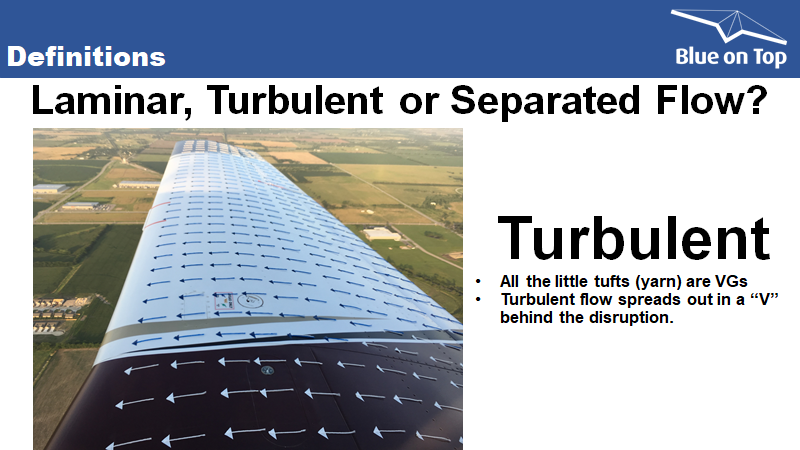Search the Community
Showing results for tags 'aerodynamics'.
-
My M20K has a long-period longitudinal oscillation (a phugoid) of roughly a period of 10s in cruise. While it is on autopilot, I check to see the trim is not moving at all during these oscillations, so it's the plane's own aerodynamics (interestingly, the KFC200 knows not to over-correct it and stays put?). Normally a plane should have damping for this motion and the oscillation should eventually flat out (i.e. self-stabilizing). However, in my flights the phugoid is pretty stable and doesn't reduce over time. It is not a big oscillation, but it is definitely noticeable both physically and on my G5. While it is not a big deal, it definitely bothers me a bit. Curious if other Mooneys have this as well?
-
So I went out flying tonight with the sole purpose of determining the actual glide slope for my particular plane. Experiment Parameters: 105 mph indicated airspeed per POH, 500' to stabilize descent rate, time the descent for 500' vertical. First test 2500 RPM (cruise), throttle idle, mix cutoff, then "feather" prop, 500' to stabilize, 500' timed. Airplane conditions: '67 M20F, 655 lbs under gross, most 201 mods added, needs washed and waxed. Results: 2500 RPM = 33.0 seconds = glide ratio 10.2; "Feathered" = 41.1 seconds = glide ratio 12.7 POH Data: Prop windmilling 105 mph glide ratio 10.2; Prop stopped 100 mph glide ratio 12.7 So was this just dumb luck? I think the best glide speed changes with weight, so my true best glide speed should have been lower than 105 (though I don't know exactly how much or how to calculate). I also assume the 201 mods would reduce my drag from the factory airplane. So is this just an example of multiple errors compounding to cancel one another out or is the best glide ratio a relatively fixed number at a given airspeed?
-
If MS users have aerodynamics questions, I can try to answer them. I know (and hope) others will chime in, too. I plan on giving an Oshkosh Forum this year on this topic. Now that I think about it, would anyone attend if I try one at Sun-N-Fun, too? I'll start with a very controversial topic: the Mooney laminar flow wing. Laminar flow is a very elusive condition. Any bug, dimple, step, etc. will trip the flow from laminar to turbulent. The picture above (of Scott Sellmeyer's beautiful "J") shows beautiful, turbulent flow. People misinterpret separated flow as turbulent flow. We are really talking about the small boundary layer right at the surface. With laminar or turbulent flow, flow velocity on the surface is 0. Hard to believe but true. This is why dust stays on your airplane … even after you fly. Let's have some fun!
- 304 replies
-
- 1
-

-
- aerodynamics
- airflow
-
(and 2 more)
Tagged with:



